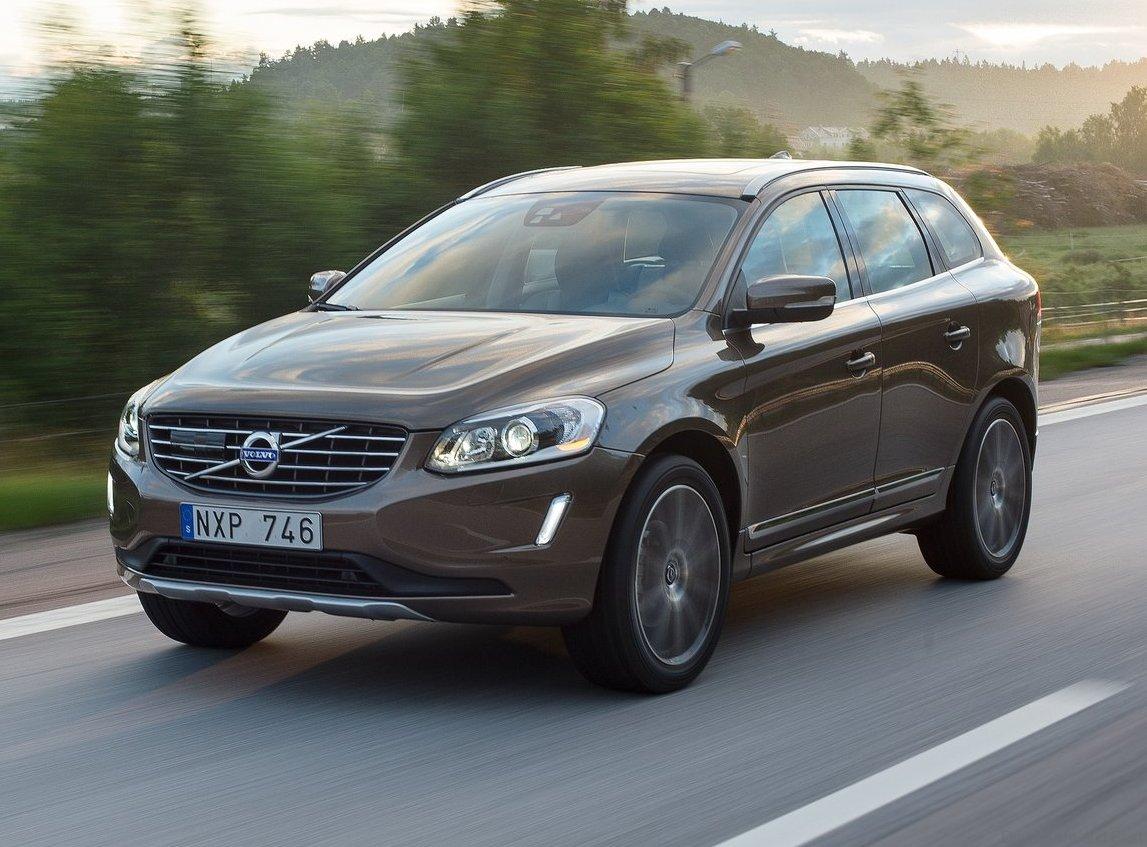For 2014 Volvo has new engines. They are called Drive-E, an environmentally friendly name. But they are more exciting than the name might suggest.
The 2.0-liter motors are all four-cylinder and are set to replace the five, six and eight-cylinder engines across the Volvo lineup. Lots of car companies have been downsizing their engines in recent years to meet ever more stringent fuel economy and emissions standards, but Volvo is the automaker to commit to an all four-cylinder portfolio across such a wide array of vehicles.
The new S60 gets the first two of them: a 240 horsepower turbocharged engine and another that uses both turbocharging and supercharging to produce a whopping 302 hp. They’re called T5 and T6, to give you an idea of how many cylinders each is supposed to replace. But more important than the power of the T6 is the way it delivers it.
Turbochargers run off of the exhaust and need to spin up before they produce enough boost to do any good, so an engine fitted with one can feel weak when you first step on the accelerator pedal. Superchargers are the opposite. They’re connected to the crankshaft and start working immediately, but they can become less efficient at high engine speeds. Combine the two and you get the best of both worlds. That is, as long as you can juggle them well.
In Volvo’s case, the supercharger has a clutch that disengages it when the turbo is ready to take over. The hand-off varies, but it happens at about 3,500 rpm under full throttle. With front wheel drive and a standard 8-speed automatic transmission, the T5 has a fuel economy rating of 25 mpg city/37 mpg highway, while the T6 checks in at 24/35. To put how impressive that is into perspective, last year’s 240 hp 2.5-liter five-cylinder turbo was rated at 21/30. More of this impressive lineup will be seen in Malaysia when the all new XC90 arrives later this year.



